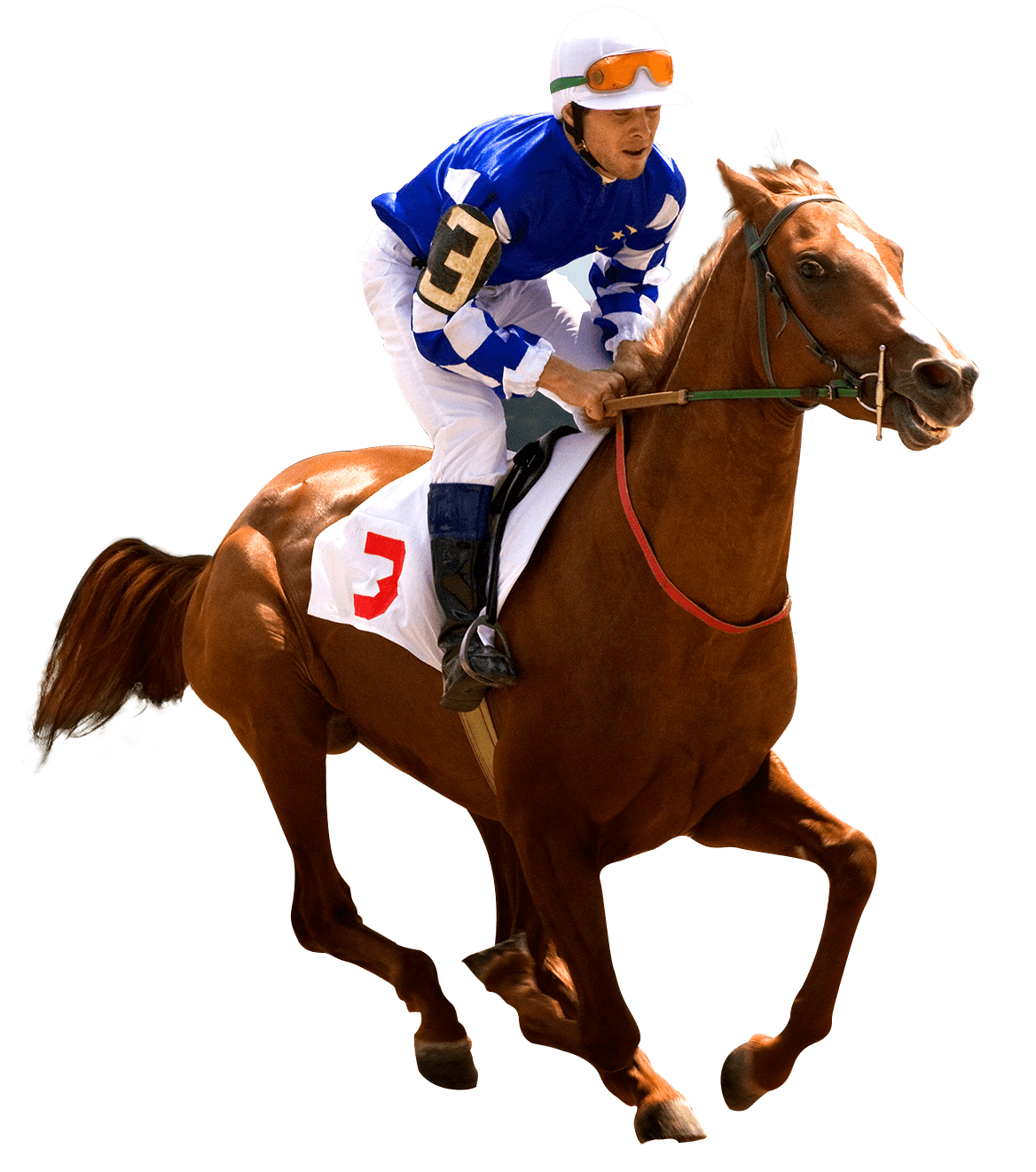he Queen Elizabeth II Stakes was introduced into the British racing calendar in 1955. This was partly to honour the monarch and partly to replace a previous event called the Knights Royal Stakes which had been run since 1947. Since 2008, the race has been part of the Breeders' Cup Challenge. The winner of the Queen Elizabeth II receives automatic entry into the Breeders' Cup Mile in the same year.
It is also one of the last races to accept or receive corporate sponsorship. After a brief period of being backed by NetJets and later Barclays, the Queen Elizabeth II Stakes is now sponsored by Qipco. It takes place on the Qipco British Champions Day which is considered to be the richest calendar day of racing for the entire year.
The Queen Elizabeth II Stakes is run over a distance of one mile and takes place in October. There have been a few changes to the race over the years. In 1971, when the Horse Racing Authority developed the system of ratings and classifications, the Queen Elizabeth II Stakes was classed as Group 2. This decision was revised in 1987, when the race was promoted to Group 1 status.
The race is held on the Ascot Racecourse. The turf track is right-handed, however the thoroughbreds run along a straight portion of it. The weight requirement varies based on gender and age. Three-year-old fillies must carry 8 stones-12 pounds. Both Three-year-old colts and four-year-old mares must carry 9 st-1 lb. Older males must carry 9 st-4 lb.
Location: Ascot Racecourse
Grade: Group 1
Race Type: Flat
Because of the extraordinary top class contenders starting in the Queen Elizabeth II Stakes, the race is hailed as Europe's top mile race, meaning that the winner of the Queen Elizabeth II Stakes will be crowned the top miler in Europe. This huge honour at stake seems to have given wings not only to the ambitions of up-and-coming trainers and jockeys, but also to the owners who will be fighting it out on the track as well.
In 2016, the prize money hit a new record high with more than £656,000 going to the winner and over £1.15 million in total prize money. In 2017, the prize money was comparable (as of 2017).
The Queen Elizabeth II Stakes has claimed some of the fastest times for one mile races every season. In addition, the generous purse attracts the best of the best to compete. Even before attaining a Group 1 classification in 1987, top thoroughbreds that competed in Classic races worldwide also ran in the Queen Elizabeth II (as of 2017).
The fastest mile (1m:37.87s) in recent history was run by Starcraft in 2005.
The only thoroughbreds to win the Queen Anne Stakes two consecutive years in a row are Brigadier Gerard from 1971 to 1972 and Rose Bowl from 1975 to 1976.
Willie Carson is the most successful jockey to compete. He won eight times over a period of two decades starting with a double win on Rose Bowl in 1975 and 1976 then ending with Bahri in 1995.
More recently, jockey Frankie Dettori won a sixth time on Persuasive making him one of the most successful jockeys to win the Queen Elizabeth II stakes in modern times.
The trainer that currently holds the record for most wins is Saeed bin Suroor with a total of five victories from Mark Of Esteem in 1996 to Poet's Voice in 2010.
Only two thoroughbreds can claim to have won the Queen Elizabeth II Stakes more than once. Both competed between 1971 and 1976. Despite the Group 2 classification attached to the race back then, a double win is still an impressive feat that has yet to be matched in modern times (as of 2017).

Brigadier Gerard was foaled in 1968, owned by John Hislop, trained by Dick Hern and ridden by Joe Mercer. The colt enjoyed a strong career winning several Classic races, and remains the only colt in the history of the Queen Elizabeth II Stakes to win more than once.
As a three-year-old colt, Brigadier Gerard won the 1971 race, and the following year won the 1972 race by a good six lengths as a four-year-old. By the end of his career, the colt boasted an incredible 17 wins out of 18 starts including the 2000 Guineas and the King George VI & Queen Elizabeth Stakes.
Rose Bowl, foaled in 1972, was bred by Charles Engelhard who also owned the famed Nijinsky. In 1975, the three-year-old filly won the Elizabeth II Stakes leaving top colts far behind. She went on to win the Champion Stakes in the same year which is just past a mile by 2 furlongs.
The following year, Rose Bowl captured another victory in the 1976 Queen Elizabeth II Stakes making her the only filly to do so in the history of the race.